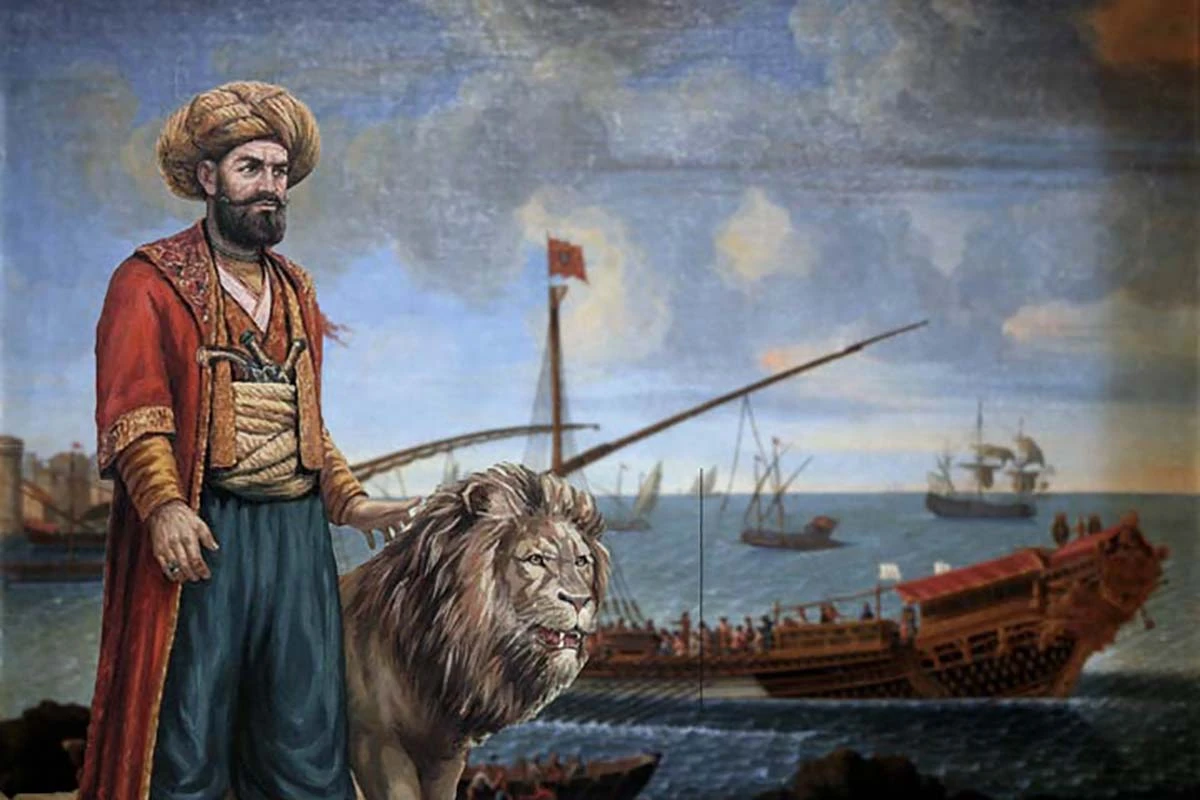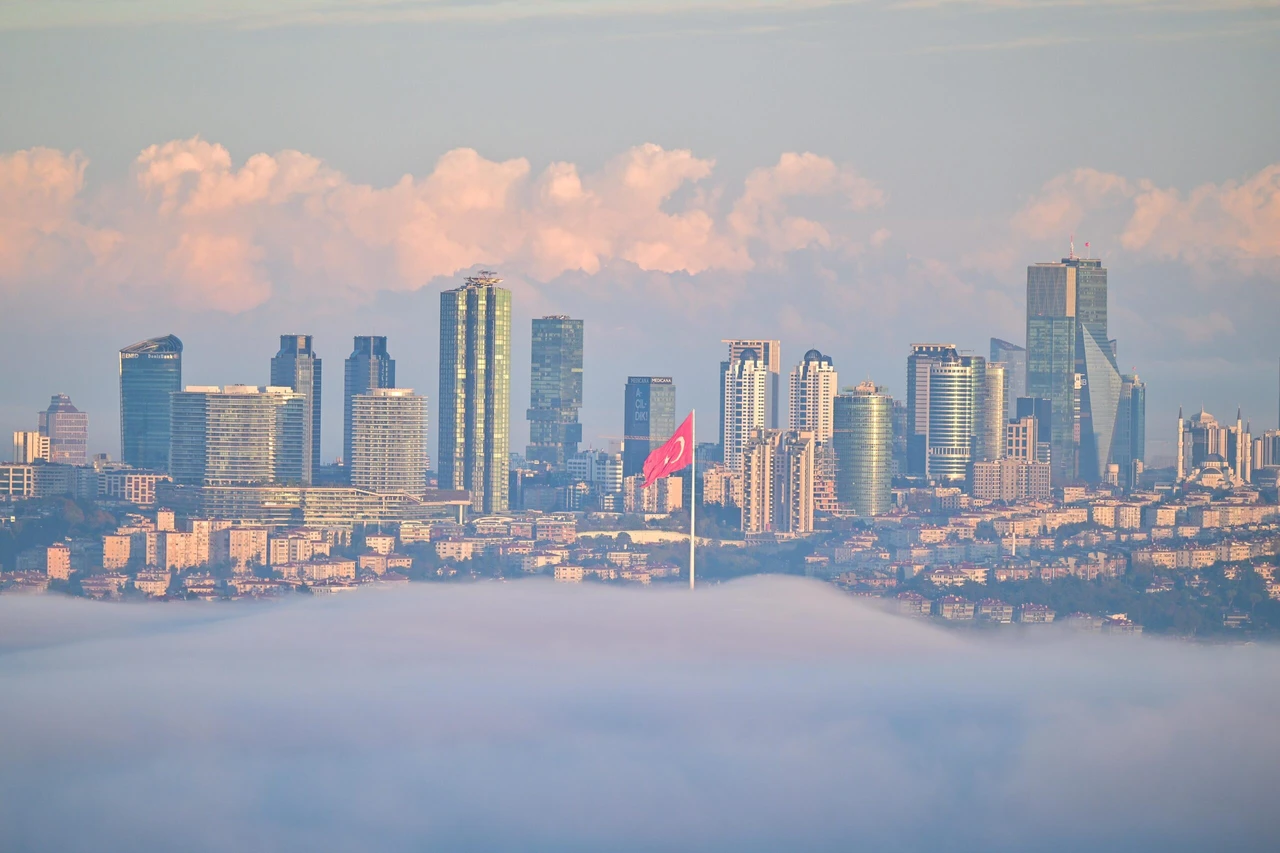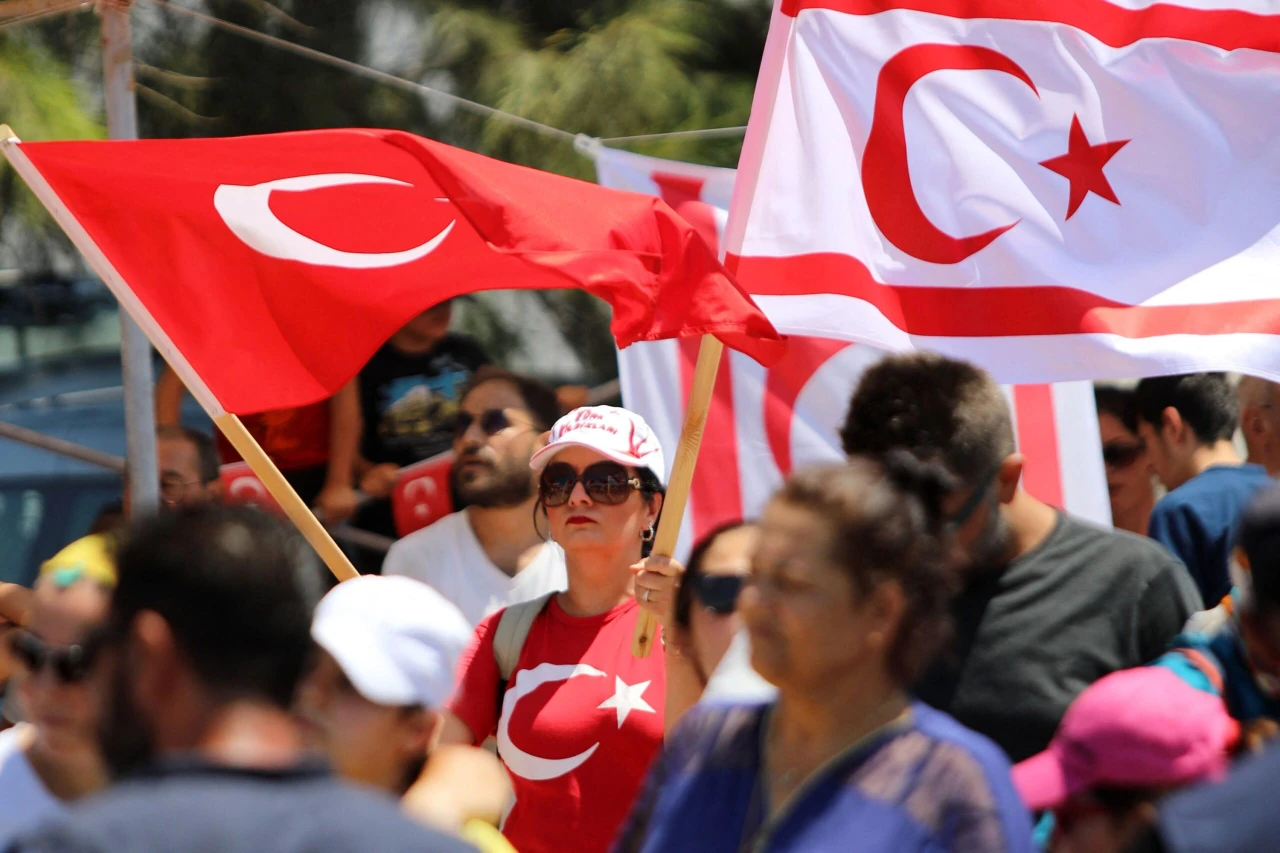Norway considers building border fence with Russia, following Finland
 Senior border guard officer walks along a fence marking the boundary area between Finland and Russia near the border crossing of Pelkola, in Imatra, Finland on November 18, 2022.
(Alessandro Rampazzo/AFP)
Senior border guard officer walks along a fence marking the boundary area between Finland and Russia near the border crossing of Pelkola, in Imatra, Finland on November 18, 2022.
(Alessandro Rampazzo/AFP)
Norway is considering constructing a border fence along its 198-kilometer (123-mile) frontier with Russia, inspired by Finland’s ongoing project to enhance border security. Norway’s Justice Minister Emilie Enger Mehl discussed the potential move in an interview with public broadcaster NRK on Saturday, citing increased security measures due to regional tensions.
“A border fence is very interesting, not only because it can act as a deterrent but also because it contains sensors and technology that allow you to detect if people are moving close to the border,” Mehl said.
The Norwegian government is exploring several options, including fencing, adding more border staff, and boosting surveillance.
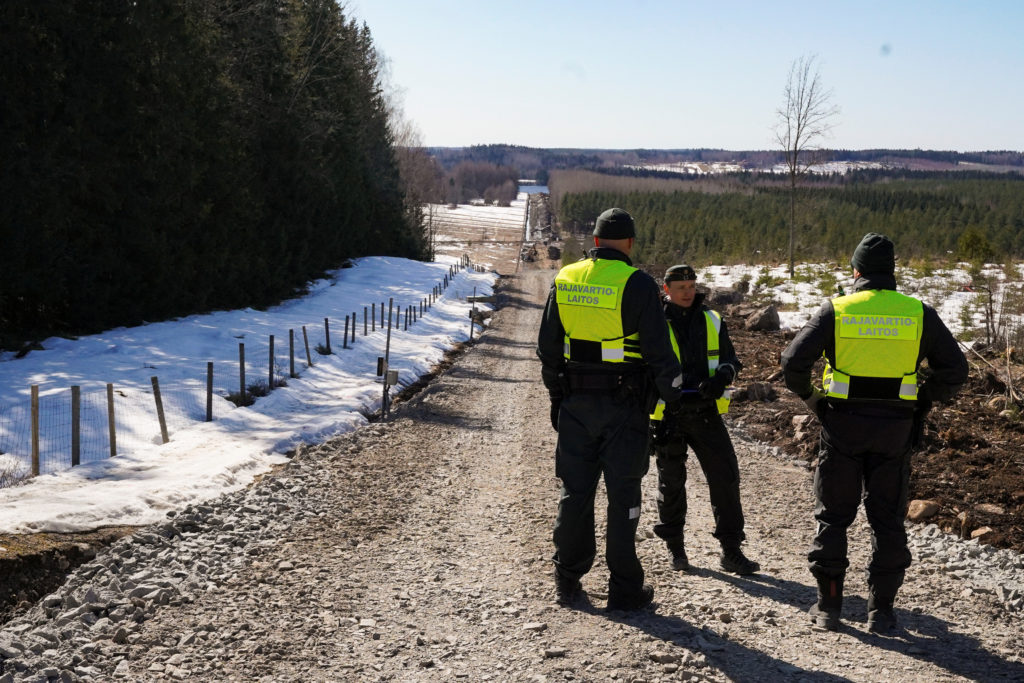
Finland’s border fence as a model
Mehl’s comments come after Finland began building a 200-kilometer (124-mile) fence along sections of its 1,340-kilometer (830-mile) border with Russia, following a sharp rise in illegal crossings by third-country migrants. Finland’s decision to build the fence was motivated by concerns over “hybrid warfare,” where migrants might be used as a political tool by Moscow.
During a visit to Finland, Mehl learned about their approach to closing border crossings, which included modern fences equipped with advanced surveillance systems.

Storskog border station and potential security measures
The Storskog border station, the only official crossing between Norway and Russia, is currently equipped with a 200-meter (660-foot) fence built in 2016 following a surge of 5,000 migrants and asylum seekers entering Norway from Russia a year earlier.
Mehl indicated that a larger fence could be installed along more of the Norway-Russia border, particularly if the security situation in the Arctic worsens. Ellen Katrine Hætta, the police chief in Norway’s northern Finnmark county, supported the idea, stating that it could become relevant along all or parts of the border.
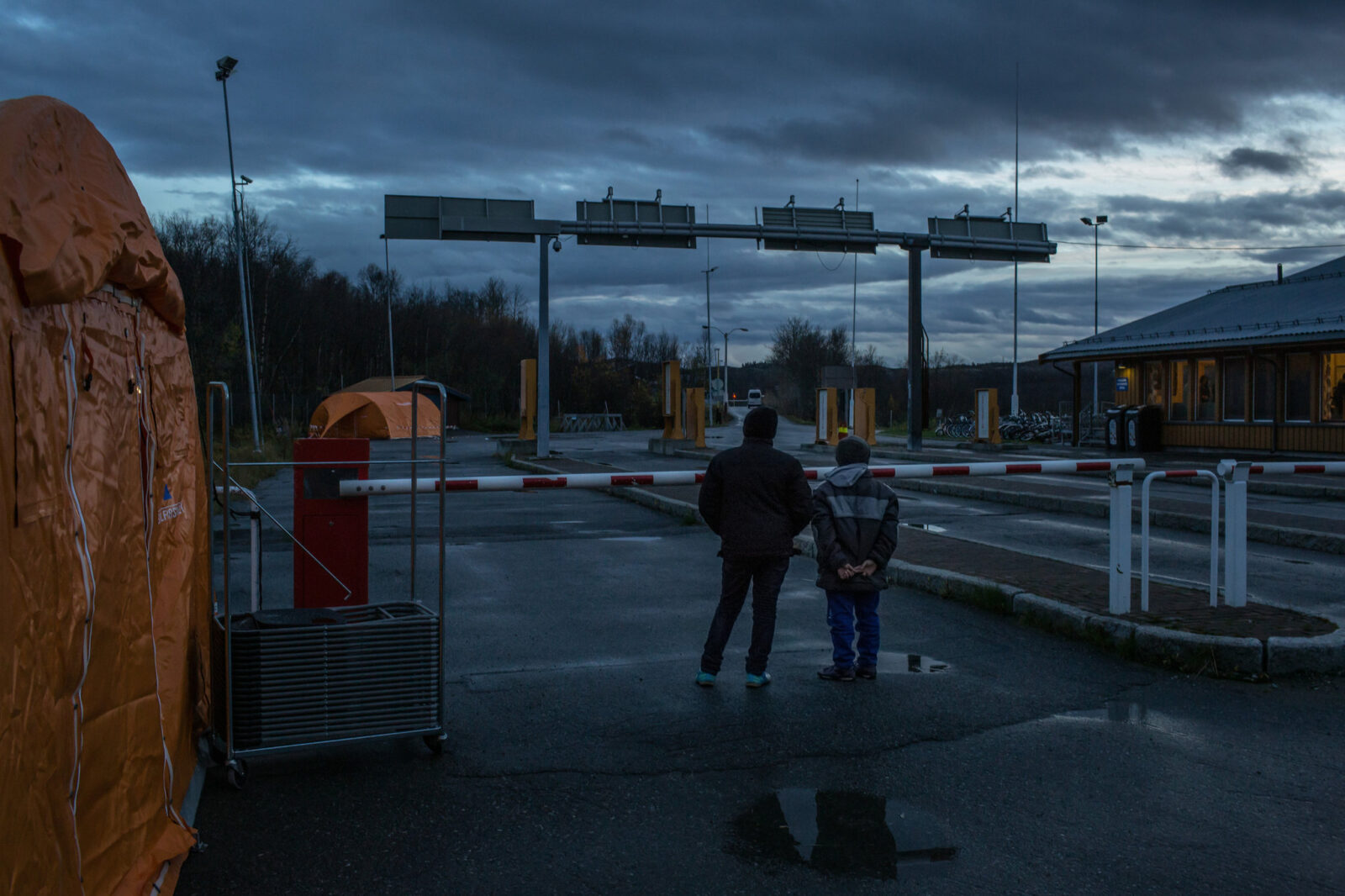
Norway’s role in regional security
Although Norway is not a member of the European Union, it is part of NATO and the Schengen area, which allows for the free movement of citizens across borders within Europe.
